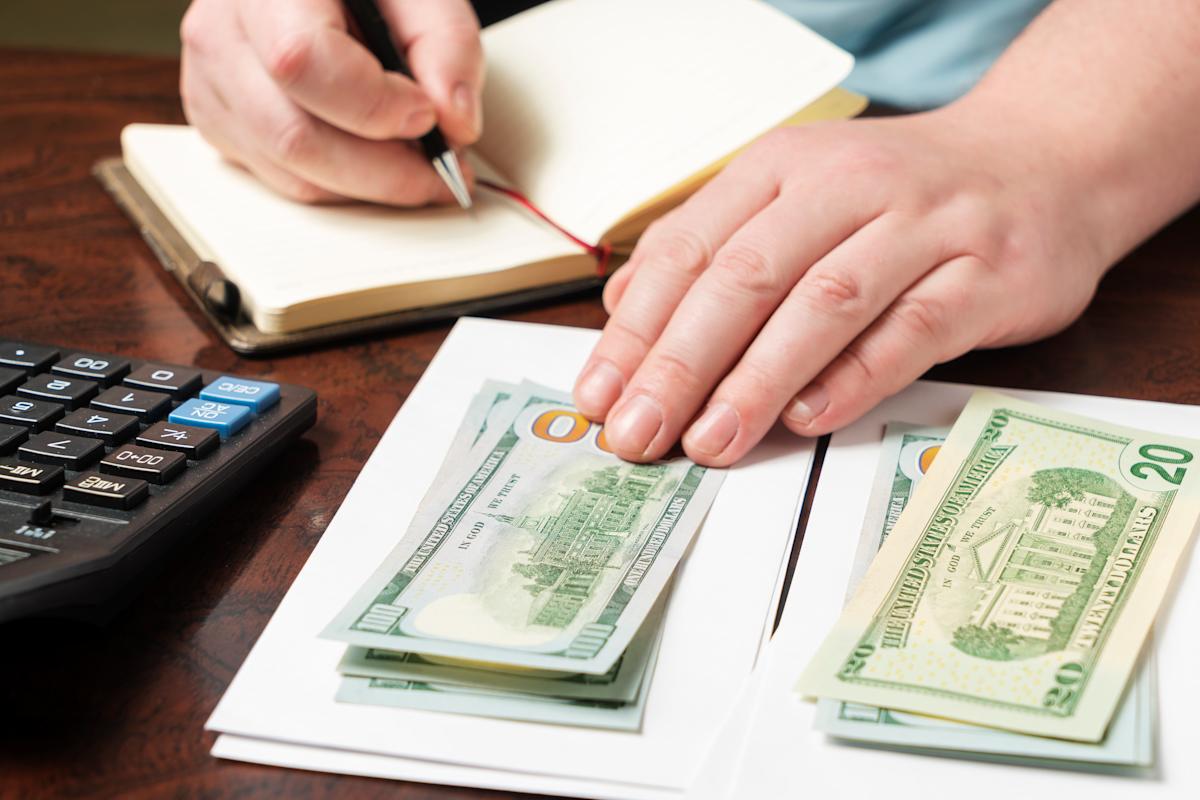From skincare routines to refrigerator restocks, there’s always a new trend on TikTok that’s quick to grab our attention. Lately, it’s been “cash stuffing,” with videos showcasing budgeters neatly organizing their income into labeled envelopes and budget binders as they go over their spending categories and available balances.
While cash stuffing can be a powerful tool for building financial discipline, it’s not foolproof. Here’s how cash stuffing works and how to avoid the pitfalls that trip up many beginners.
This embedded content is not available in your region.
Cash stuffing is a popular budgeting method that involves withdrawing paychecks from your bank account and dividing that cash into envelopes for each of your spending categories. It’s also known as the envelope budgeting method.
Why? When paying with a card or digital method, it can be difficult to visualize your spending and keep track of where your money is going. With physical cash, you can physically see how much you have available to spend. Plus, you feel the “pain of paying” that comes with handing over your hard-earned cash.
“I’ve recommended the envelope method for years to people who tend to overspend in certain areas,” said R.J. Weiss, a certified financial planner and CEO of The Ways to Wealth.
Weiss explained that if you want to implement cash stuffing, it doesn’t have to apply to your entire budget. “Just pick a few categories where you usually go overboard,” he said. “That way, there’s a hard stop, a very black and white line each month of whether you spend over or under your budget. You either have the cash or you don’t.”
Read more: Guide to zero-based budgeting
Cash stuffing is simple in theory, but it’s easy to make mistakes if you’ve never managed your money this way.
Here’s a look at some common slipups that you’ll want to avoid.
Walking around with a large amount of cash can put you at risk of loss or theft. If you’re going to start cash stuffing, it’s important that you only carry around the cash you plan to use for that day’s purchases and store the rest of your envelopes in a safe place (such as an FDIC-insured checking or savings account).
Read more: How to save cash: 7 ways to protect and grow your liquid savings
In a digital world, going cash-only can be tricky. So many bills and recurring payments — from cell phone providers, utility companies, and subscription services — are now typically done cashless.
So, it’s important to consider which spending categories you can realistically pay for in cash and see if your bank offers budgeting tools that will allow you to create virtual envelopes or savings buckets for your digital-only payments.
Read more: How much cash should I have on hand?
If you have to dip into other envelopes to cover your expenses, it’s a sign you should re-evaluate the amount you’re setting aside for each spending category.
Borrowing money from other categories can make it difficult to track how much you’re actually spending. Take some time to review each spending category and rework the dollar amounts so that they are more aligned with what you realistically spend each month.
Read more: Your guide to the must-have categories every budget should include
While assigning every dollar to an envelope is the foundation of the cash-stuffing method, it does prevent your extra funds from earning interest and growing over time. This is why cash stuffing, while effective, should be a short-term budgeting method to help you get your finances on track — not a long-term wealth-building strategy.
For example, say you keep $1,000 in an envelope for savings. If you were to put that money in a high-yield savings account at 4% APY, you’d have an extra $40 at the end of the year even without any additional contributions. That might not seem like much, but it’s $40 you wouldn’t have otherwise. And if you continue to contribute to your savings account regularly and grow the balance over time, your earnings will snowball thanks to compound interest.
This isn’t to say that the envelope method doesn’t help you grow your savings. Watching your savings envelope grow bigger can certainly help motivate you to keep going. However, using this method long-term does mean missing out on extra earnings and long-term growth potential.
Read more: The 10 best high-yield savings accounts available today
Envelope budgeting can be effective, but it isn’t necessarily easy. It requires you to commit to an exact spending amount for each category and not a penny over. Some budgeters could find this journey to financial freedom limiting.
“The mistake I see most often is people trying to go all in right away,” Weiss said. “Just start with three to five areas where you overspend, or even just one. The concept works, but if it’s too much to maintain, you’re not going to stick with it.”







